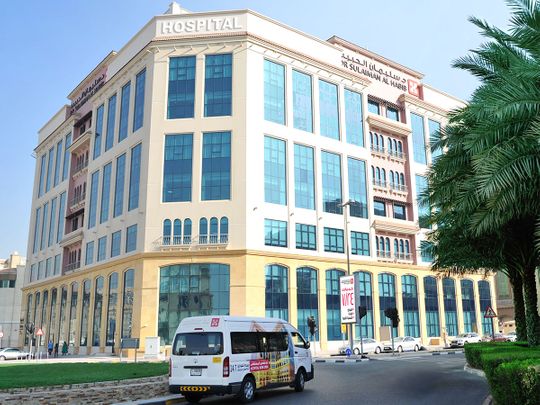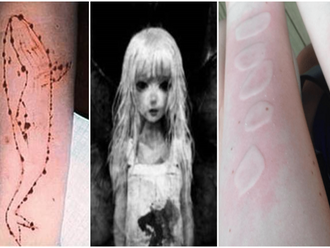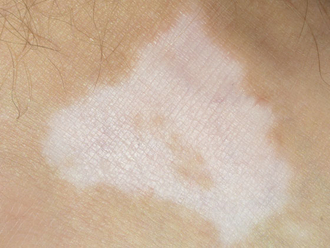
Highlight
Experts at Dr Sulaiman Al Habib Hospital Dubai explain how they use triple assessment to offer multimodality therapy for breast cancer
Dr Sulaiman Al Habib Hospital Dubai has a dedicated team for breast surgery, where every member is trained in the treatment of breast disease, primarily breast cancer. “When it comes to treating cancer we know that doctors who specialise in one particular cancer and see many patients a year achieve much better results than doctors who only treat a few cases a year,” says Dr Rita Sakr, Consultant Gynaecologist and Breast Surgery at Dr Sulaiman Al Habib Hospital Dubai.
A specialist-approach is necessary for the team to offer what is called multimodality therapy because more than one mode of treatment is normally required for the successful treatment of breast cancer. “A multidisciplinary team offering multimodality therapy is now universally accepted as the gold standard of care for treating breast disease is available in Dubai,” adds Dr Sakr. “The patient is at the heart of everything and we believe that our patients should experience nothing less than an exceptional level of medical care.”
Diagnosing breast cancer
Breast cancer specialists use an approach called triple assessment to diagnose the disease. As the name implies, triple assessment has three parts: clinical examination, imaging (mammography and ultrasound), and pathology (fine needle aspiration cytology (FNAC) and biopsy). “Once a problem has been identified in the breast on clinical examination and/or imaging, a biopsy or tissue sampling is done with a hollow needle,” says Dr Bashir Mustafa, Consultant General Surgeon and Breast Surgery at Dr Sulaiman Al Habib Hospital Dubai. “The needle cuts and takes a core of tissue out of the lump as it passes through it. This is termed a core biopsy and performed under local anaesthetic with the help of ultrasound or mammography.
“The core biopsy is an accurate way of removing tissue samples from the breast, as the radiologist can visualise exactly where the needle is placed. The procedure is minimally invasive and allows the pathologist to receive an adequate amount of tissue to make an accurate diagnosis.”
Depending on the information gathered from the clinical, radiological and pathological examinations, a breast cancer diagnosis is made. Then the team discusses all aspects of the triple assessment to put together a treatment plan for the patient. “The breast surgeon consults with the patient and provides all the facts, enabling them to make an informed decision about their preferred treatment pathway,” explains Dr Bashir.
Surgical removal of the cancerous tissue is usually followed by chemotherapy or radiation depending on the results of the detailed biopsy.
— Call 04 429 7777 or visit www.hmguae.com













